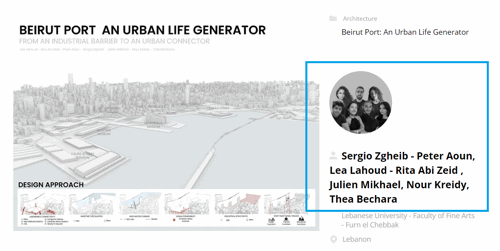Transforming the Old Central Jail into a Public Realm, Sylhet, Bangladesh.

Project idea
Open space is very important for urban areas and citizens living there. Sylhet city is a very important city of Bangladesh and the infrastructure development in this city is increasing day by day. It is good on one side but on the other side it is causing many problems in the civic life due to the reduction of open space. Currently, the number of open spaces for leisure, entertainment and walking of the citizens in Sylhet city is very low. Sylhet Old Central Jail is an important place as it is located right in the center of the city and considering the historical context this jail is a much discussed and known place in Bangladesh. In the current context most of the buildings of the old jail are abandoned due to the transfer of prisoners to the new jail built at Badaghat, Sylhet. However, this prison is one of the witnesses of three special periods - the period of British rule, the period of Pakistan rule and the present independent Bangladesh. There are historical structures and thousands of histories are intertwined throughout the prison. Currently, as this place is abandoned, the residents of the city want a public recreational space so that they can have a beautiful space for walking, entertainment and active use. Space will be available and not only the city but also the people of the surrounding areas will be able to enjoy its benefits.
Project description
Located in the heart of Sylhet city, the 235-year-old Old Central Jail stands as a powerful witness to the city’s rich history. Established in 1789, it housed many political prisoners and freedom fighters. This prison remains a silent observer of the British, Pakistani, and present-day Bangladesh eras. However, following the construction of a new prison, this historic site fell into disuse and became inaccessible to the public. With Sylhet’s population rapidly expanding and a growing shortage of open public spaces, the site now presents a unique opportunity for transformation.
The goal of this project was to preserve the architectural and historical significance of the Old Central Jail while repurposing it into an open public space. The vision was to reconnect the memory and heritage of the site with modern urban life, creating a multifunctional cultural hub and gathering place for the community.
The project focuses on the adaptive reuse of historic buildings, redesigning open spaces, and integrating new activities. The main entrance and internal courtyards were reimagined with a fresh approach. Historic cell blocks were transformed into exhibition galleries, preserving condemned cells and libraries, while ensuring accessibility to key areas. New spaces included a children's playground, walkways for recreation, and other user-oriented activity zones.
Furthermore, a public realm and cultural zone were developed to serve the city's dense population. This project blends historic preservation with urban renewal, addressing Sylhet's public space needs while offering a dynamic, inclusive environment for the community.
Technical information
The project focuses the preservation of the past and its suitability for reuse in the present. The preservation of old cells, the gallows, and both internal and external walls has been taken into account.
The cells contain old plasterwork that serves as a testament to the past. In addition, the historical use of wooden trusses with tin roofing has been reconsidered for reuse. The preservation and reuse of old bricks, the incorporation of steel trusses, and the use of local materials contribute to reflecting the beauty of the architectural style. Modern technology has been emphasized alongside traditional construction techniques. Attention has been paid to redesigning the landscape in response to its context, and the creation of diverse spaces for public convenience is a central theme of the project.





















